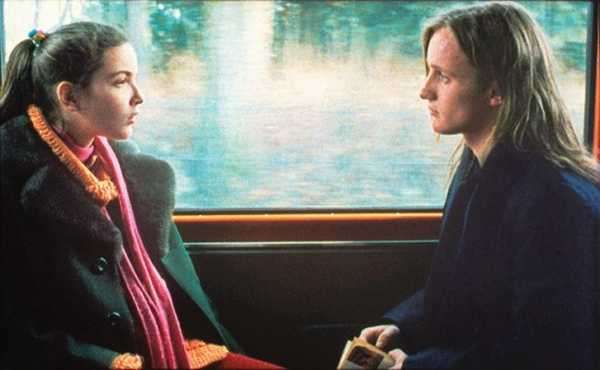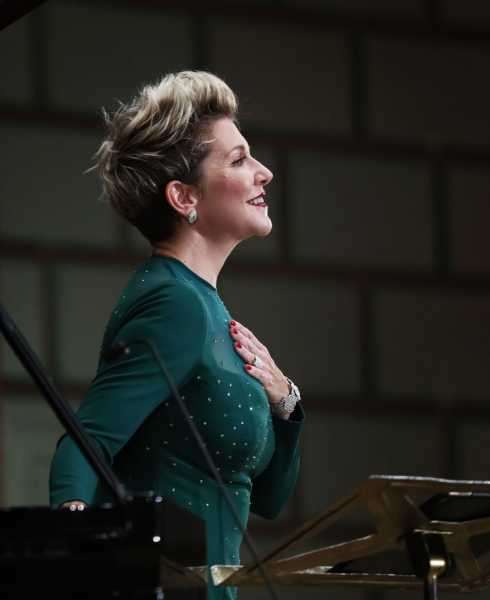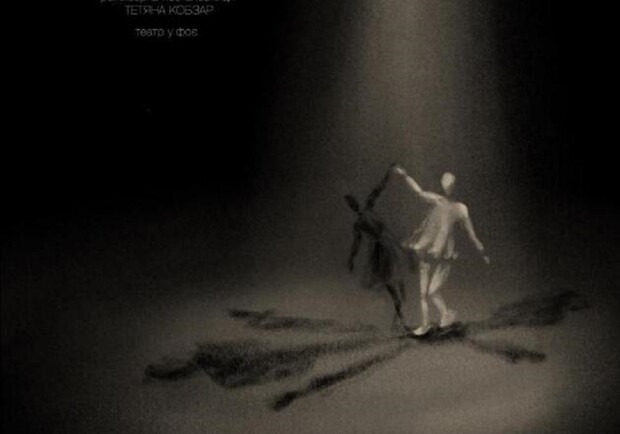
These are our top picks for the weekend of November 15th-17th. For more event listings and reviews, check out Goings On About Town.

Illustration by Julia RothmanArt
Weaving has existed since the Neanderthal age, when paintings were created in caves. Yet for centuries textiles have been seen as the inferior medium. Happily, the useless old wall separating high art from craft is finally crumbling. The subtly dazzling abstractions of the Bauhaus doyenne Anni Albers—perhaps the most influential textile artist of the past century—prove that a loom’s warp and weft are the undeniable equals of a paintbrush. “Maneuver,” a six-person show curated by the perspicacious Lynne Cooke, at the Artist’s Institute at Hunter College, traces both Albers’s ongoing influence and the staying power of modernism’s pet format, the grid. The show is a brisk ten-minute walk from the new MOMA, where a supple column of fibres—kaleidoscopically colorful and seventeen feet tall—by the octogenarian American artist Sheila Hicks, has pride of place on the museum’s sixth floor.—Andrea K. Scott
For more art reviews, click here.

Photograph by Tim Knox / eyevine / ReduxNight Life
The saxophonist, composer, and multidisciplinary artist Matana Roberts dips into U.S. history and autobiography in her ongoing cycle “Coin Coin,” a growing saga of arresting power. In “Memphis,” the newly issued fourth chapter of the series, Roberts stitches together elements of roots music, free jazz, and avant-garde assemblage to invoke an ancestor whose father was murdered by the Ku Klux Klan. On Sunday at Roulette, in what’s billed as the sole local performance of the piece, she leads a band of similarly protean artists.—Steve Smith
For more night-life listings, click here.

Photograph by Zachary Zavislak for The New YorkerFood & Drink: Tables for Two
If you’re not in the mood to wait ninety minutes for a table, you could arrive at Nami Nori at five-thirty, when it opens, or just before eleven, when it closes. (There are also a limited number of reservations available each night.) It’s a restaurant that’s worth a certain amount of inconvenience. The chefs worked at Masa, the incredibly expensive sushi restaurant in the Time Warner Center. Nami Nori isn’t cheap, but it’s a much more accessible avenue to seafood of the highest quality.—Hannah Goldfield
For more restaurant reviews, click here.

Photograph by Joan MarcusThe Theatre
In Theresa Rebeck’s deliciously tense new comedy, “Seared” (at MCC), an all too talented chef (Raúl Esparza) takes full credit for the excellence of his Park Slope bistro and deserves the blame for its imminent failure. He’s an asshole—dictatorial, hotheaded, self-impressed, hypersensitive, faux philosophical, misanthropic, hypocritical, perfectionist, and craven—but he meets his match when his exasperated business partner (David Mason) brings in a breezy restaurant consultant (Krysta Rodriguez) with mysterious methods. Moritz von Stuelpnagel’s direction is so precise, and the humor so rooted in character, that the cast—including W. Tré Davis, as a chronically underestimated waiter—can elicit big laughs from the smallest of gestures, especially in the nail-biting second act.—Rollo Romig
For more theatre reviews, click here.

Photograph Courtesy Patricia Mazuy / IMA ProductionsMovies
In the early nineties, a French television channel commissioned a series of hour-long films about adolescence from a wide range of directors; some of the resulting movies proved to be enduring masterworks, including the furiously romantic drama “Travolta and Me,” by Patricia Mazuy. She’ll be on hand to introduce a free screening of it at Lincoln Center on Friday, November 15th, at 6 P.M., to launch a retrospective of her work.—Richard Brody
For more movie reviews, click here.

Photograph by Robert Ghement / ShutterstockClassical Music
It was a meeting of might when the conductor Riccardo Muti, known for his exactitude and finesse on the podium, took over the Chicago Symphony Orchestra, in 2010. The Italian music director and his Windy City players blow through New York, on Friday, for a two-day stint at Carnegie Hall. They conjure the Eternal City with the exuberance and drama of Bizet’s “Roma” and Respighi’s “Pines of Rome,” and the mezzo-soprano Joyce DiDonato joins them for Berlioz’s “La Mort de Cléopâtre,” a powerful death scene worthy of the Egyptian queen. The second night’s program returns to Italy—Verona this time—with selections from Prokofiev’s stunning “Romeo and Juliet,” plus the composer’s Symphony No. 3.—Oussama Zahr
For more classical-music listings, click here.

Illustration by Nhung LêDance
“Trio A,” a short excerpt from a dance that Yvonne Rainer choreographed in 1966, has become not only Rainer’s most famous work but the most prominent emblem of all the game-changing approaches of nineteen-sixties postmodern dance. Yet “Parts of Some Sextets,” a work that Rainer created the previous year—and which hasn’t been performed since—may have been as significant in her development. The work involved ten performers, twelve mattresses, and thirty-one mostly ordinary-looking activities, arranged and timed so that something changed every thirty seconds. Now, working from photographs and five-eighths of the recently rediscovered score, Rainer and Emily Coates have reconstructed the dance for Performa 19. At the Gelsey Kirkland Arts Center, November 15th-17th, some parts of dance history return.—Brian Seibert
For more dance listings, click here.
Sourse: newyorker.com




